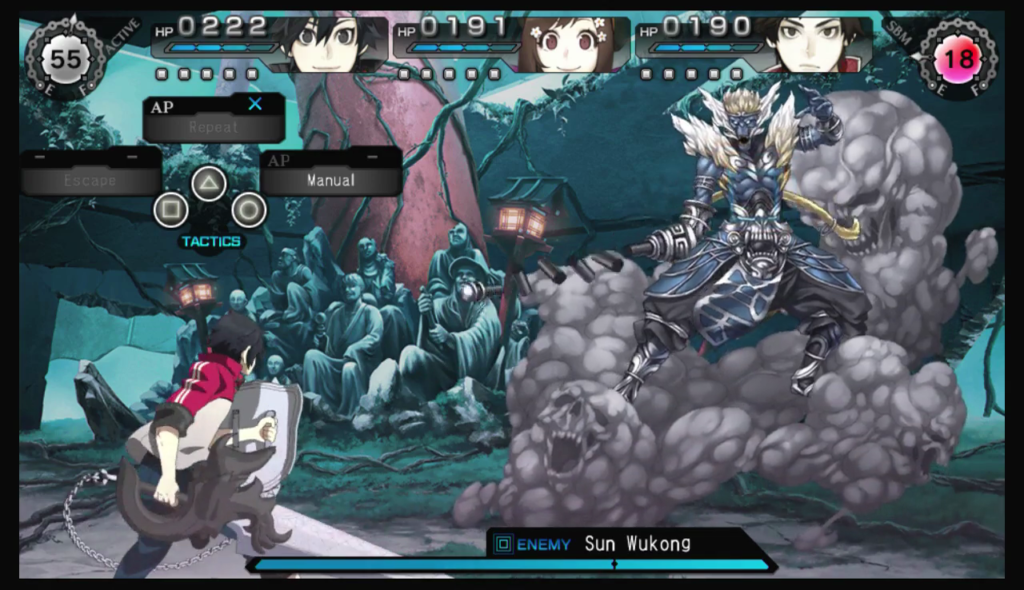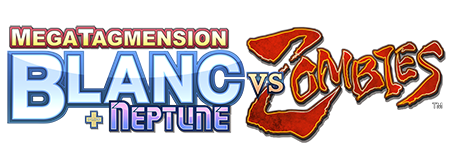More Info from Yacht Club Games
- Genre: Platformer
- Platform: Vita
- Also Available On: Windows, Linux, OS X, PS3, PS4, Wii U, 3DS, Xbox One, Fire TV
TL;DR
- As mechanically tight and satisfying as the original Shovel of Hope campaign.
- Fills a neat void as a prequel story to the original campaign. Gives a lot of great backstory to one of the original bosses.
- Changes to core mechanics greatly benefit traversal-based puzzle solving and bring a nice twist to combat.
Let’s get this out of the way. If you’ve never played Shovel Knight, go grab the original campaign right now. It’s one of the greatest examples in the past few years of a mechanically solid 2D platformer, regardless of the fact that it then goes even further and solidly represents an 8-bit style to great effect. Specter of Torment is now the third campaign under the Shovel Knight umbrella, covering the prequel backstory to the Specter Knight boss from the original. It brings some interesting mechanics with the change in weapon that really benefit the expansion overall.
The big obvious change here is that you’ve got a scythe instead of a shovel. This has some pretty big ramifications to both combat and traversal. Straight away the shovel bounce is replaced by a lock-on melee dash used for both traversal and combat. For traversal, this ends up giving a lot more interesting and challenging traversal options. Enemies, obstacles, and projectiles can all be used as traversal targets, meaning that entire rooms can be traversed without touching the floor. This is used extremely effectively in getting the Specter through auto scrolling segments where falling down would mean death. There’s also entire runs through boss fights where I would combo dashes the entire time without touching the ground. While the original campaign was pretty quick paced, Specter had an entirely higher level of speed, and greatly benefited from this change. While this will feel pretty immediately familiar to players of the original, at this point I’m leaning towards a greater enjoyment of this expansion purely because everything feels so fast. It’s one of the best feelings a game can bring when I sit there comboing enemies while juggling them in the air, and it’s rare to see a game nail it so well.
Because of the emphasis on speed over safety, the items that are earned throughout the campaign also play into this. Rather than being generally offense focused, a lot of the items are generally interesting helper items. There’s a healing item that allows you to take greater risks and focus more on slash combos over a defensive play style. There’s a hover item that lets you stay in the air to extend combos or get to a platform out of reach. There are items that spawn a secondary clone of the Specter, as well as one that spawns a projectile firing skeleton. In general, the items are used to effectively extend the speed focus on combat, rather than being used as purely secondary weapons, and all play into making sure the speed of encounters is kept as high as possible.
Overall this was a pretty solid expansion that I think ends up surpassing the original from a pure gameplay perspective. Like Plague of Shadows, it’s also a nice touch to see the backstory to one of the original bosses, and give them more life than simply being a target of the Shovel Knight. Given development of these campaigns seems to be continuing, with the King Knight’s campaign being up next, the Shovel Knight as a platform seems to have a lot of life. We’ve now got three campaigns that all play fairly differently, and Specter of Torment shows to me that they are only improving as they go along.



